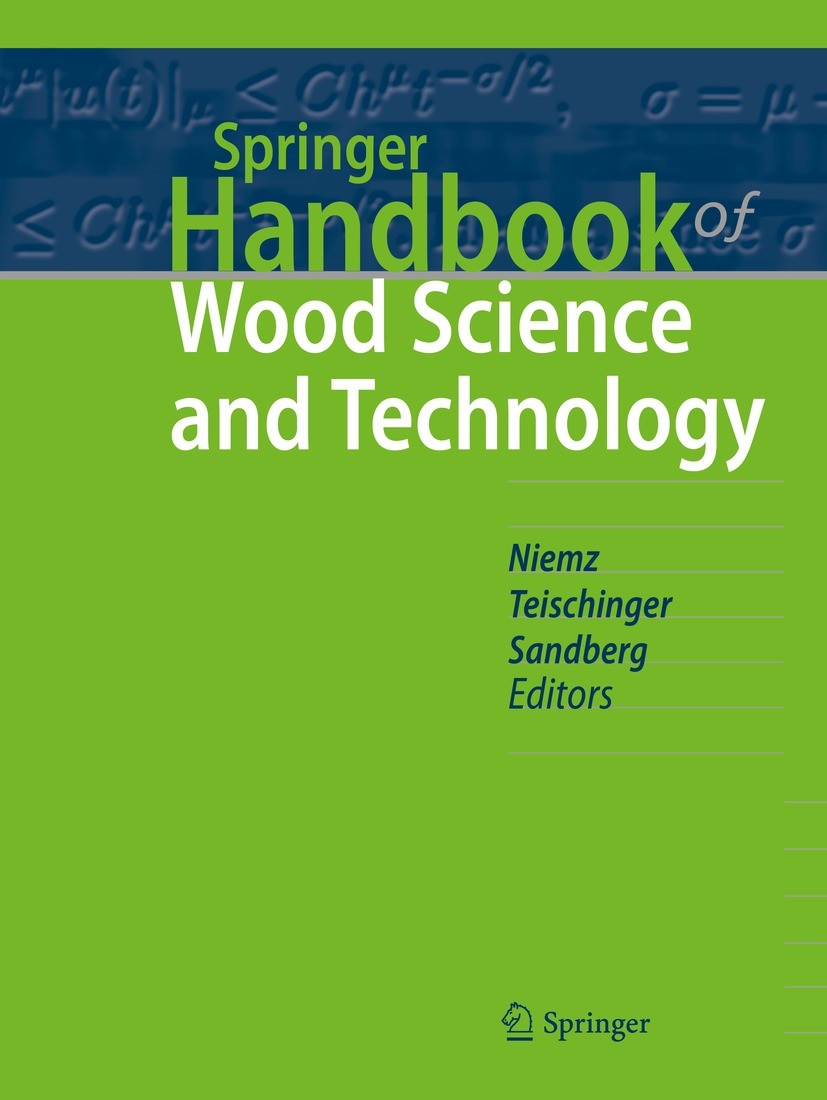Orthotropic 3D elastic plastic non-local CDM model for wood: validation with multiple test cases
Abstract
This contribution aims to increase the understanding of the complex mechanical behavior of wood through a framework for simulating mixed-mode failure. Based on physical properties assessment, appropriate constitutive laws, and experimental validation, a generally applicable numerical strength prediction tool for wood from different species and with various natural imperfections is introduced. The 3D orthotropic elastic plastic non-local CDM model considers the local fiber orientation and is implemented as material subroutines in the commercial software Abaqus. Herein, orthotropic Hill-plasticity with exponential hardening represents the plastic behavior in compression. Separated stress-based gradient-enhanced transient non-local damage represents the brittle material behavior in tension and shear. The methodology is validated with experimental data on tensile veneer tests, shear- and compression tests. Moreover, the methodology is applied to four-point bending tests of boards with heterogeneities. The numerical results demonstrate that the proposed model is able to reproduce different crack patterns observed in the four-point bending tests. Detailed investigations of the impact on the strength of the boards can be performed with this method to optimize species-independent strength prediction and engineered wood products. Further combination with other material laws e.g. moisture is possible.

 求助内容:
求助内容: 应助结果提醒方式:
应助结果提醒方式:


